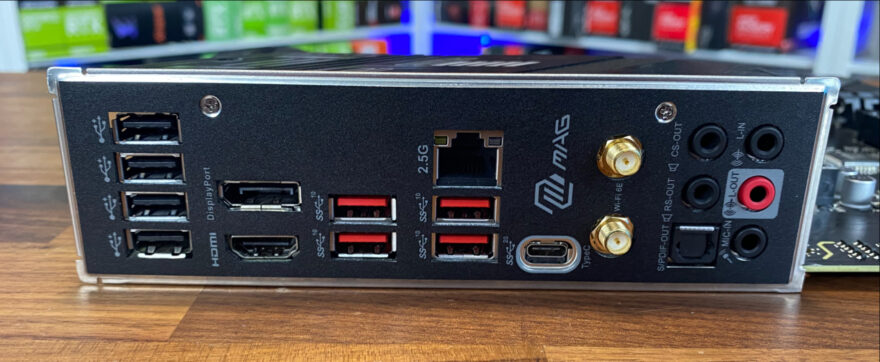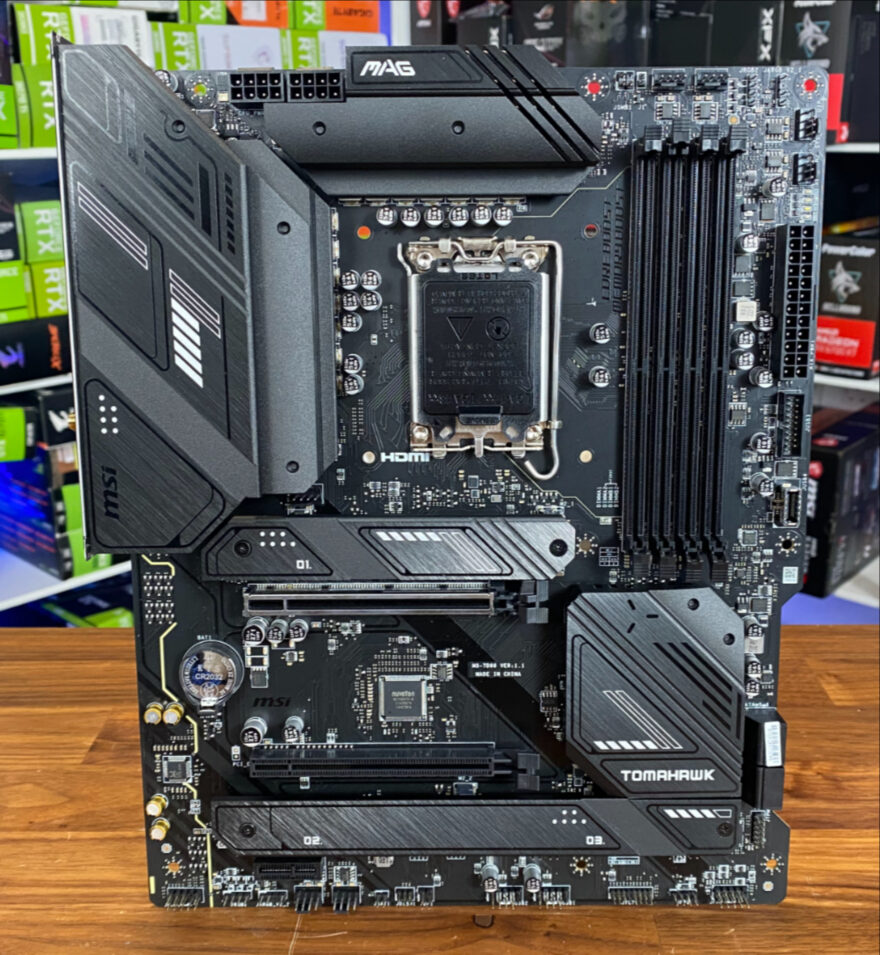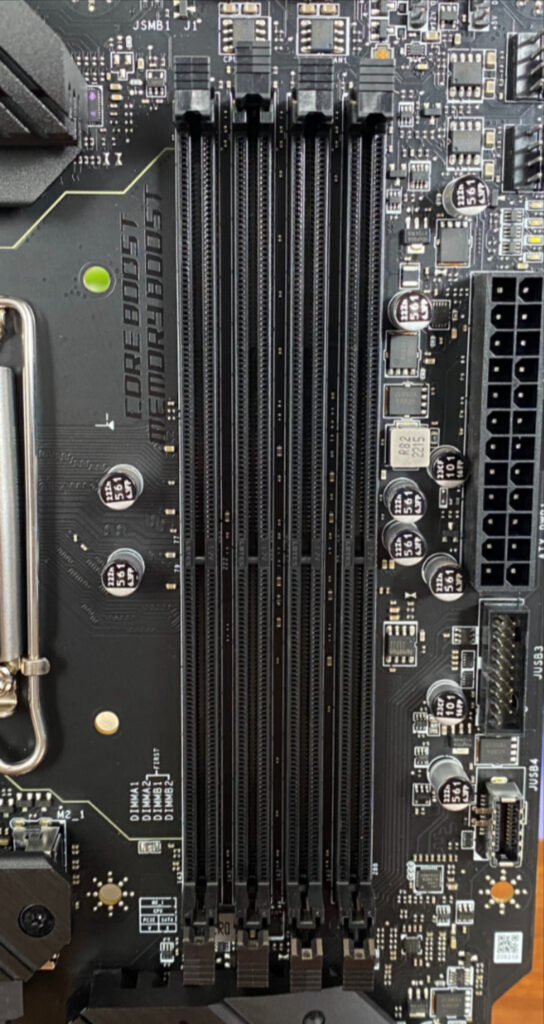MSI MAG B760 TOMAHAWK WIFI DDR4 Motherboard Review
Peter Donnell / 2 years ago
A Closer Look
MSI really know how to make a great-looking motherboard, and actually, the Tomahawk series has always looked pretty fantastic, even though it covers affordable, mid-budget, and high-end motherboards within that range. There’s a really good range of heatsinks on the motherboard though, with two large heatsinks on the CPU VRM, and three more on the lower half, but all have that same angled brushed steel look. It’s also quite dark, rather than black it’s like an oiled steel look, and it looks gorgeous!
The Tomahawk supports both 12th and 13th Gen Intel CPUs, and while not as crazy as some of their more expensive motherboards, it has an “Enhanced Power Design” 12+1+1 Duet Rail Power System for the CPU, which may not go too far in terms of overclocking, but when it comes to hitting the boost clocks on the more high-end CPUs, it should be more than up to the job.
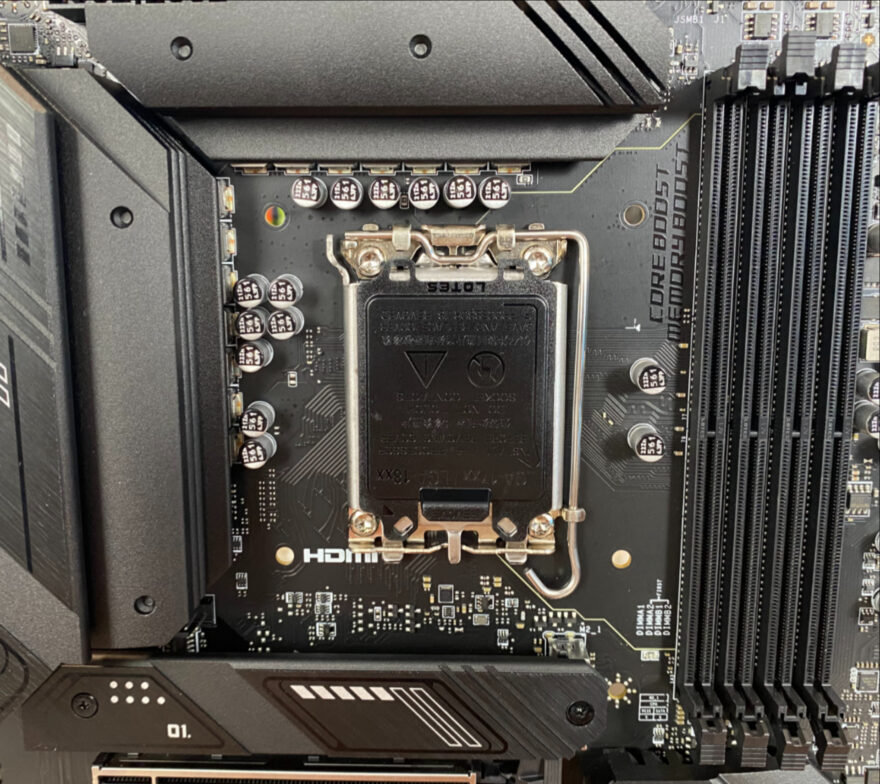
As you can see, the VRM is split into two rows of 7 above and to the left of the CPU, with each bank benefitting from a similarly sized and rather large heatsink.
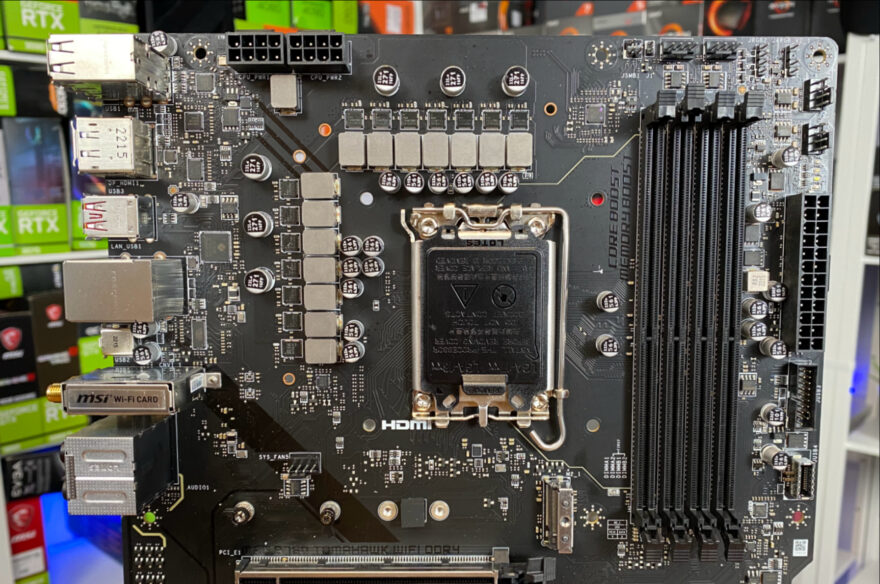
The CPU draws power from a single 8-pin header, but there’s a secondary header too which can be used to deliver even more power for more demanding CPUs or to just help provide a more stable voltage delivery to the VRM.
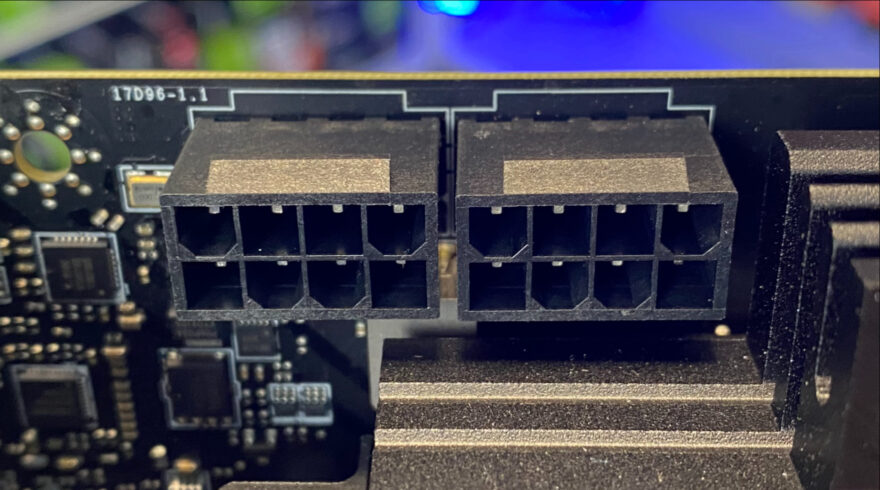
The motherboard supports DDR4 Memory, which can support up to 5333+(OC) MHz, so even if you’re not going for a DDR5 motherboard, you can still get some great speeds right now.
There’s plenty going on down here too, with three M.2 mounts, the top on has a large heatsink all to its self, while the bottom two mounts share a wider single heatsink. There’s also a pretty robust heatsink just for the chipset too, which is great to see.
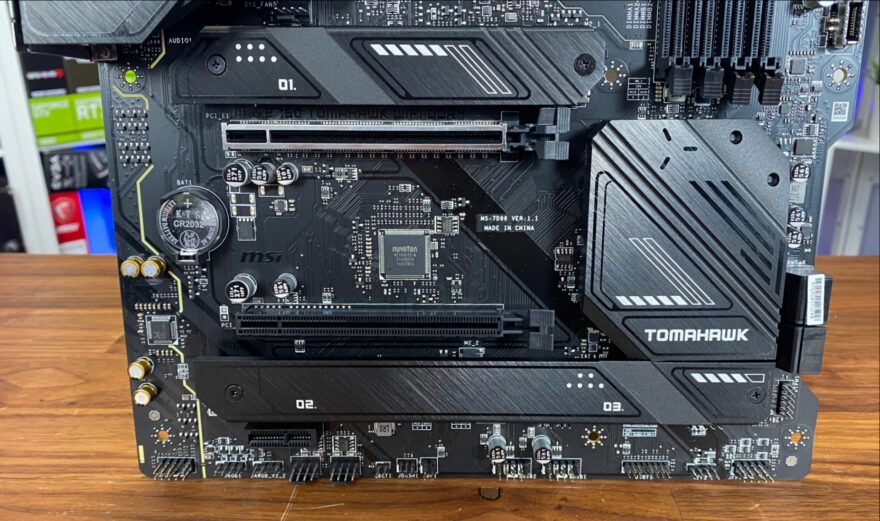
The top PCIe 5.0 slot is fully armoured, so it should be able to handle those chunky modern GPUs easily enough. There’s a full-size slot running in x8 below that and a 4x slot at the bottom, giving you plenty of options for add-in cards.
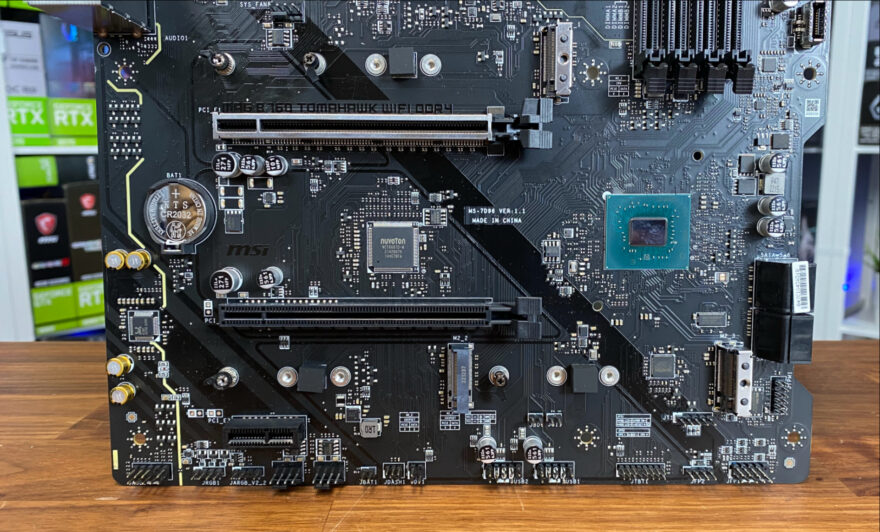
Around the back, you can see there are four USB 2 ports at the top, four USB 3 ports (in red) further down, and a single Type-C port below that, which is plenty of connectivity for most decent gaming PC builds. There’s HDMI and DisplayPort, should you need them for iGPU users too. Just like we see on almost all boards now, there’s both 2.5GbE LAN and the last WiFi 6, so networking should be fantastically swift.
